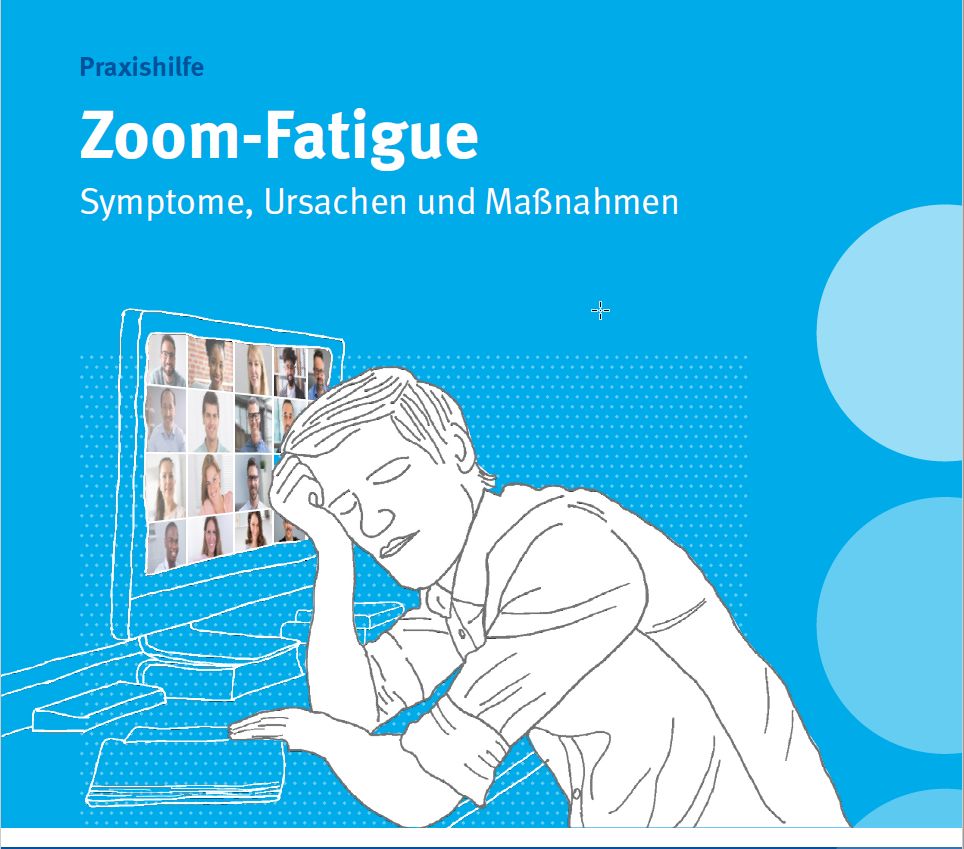With Corona and the resulting home office workplaces, online video conferencing💻 has become a regular part of everyday working life in many cases. Video conferences offer some desirable advantages over face-to-face meetings, such as reduced contact and thus fewer health hazards, as well as the elimination of travel time and travel costs.
However, studies by the universities of Stanford (USA) and Gothenburg (Sweden), among others, show that these video conferences can also cause new additional stress for employees. In this context, experts speak of zoom fatigue. Zoom stands for the various videoconferencing systems and fatigue (French) for tiredness or exhaustion.🤯
In the studies, both physical and psychological stresses caused by long-lasting and frequent online events were found in the participants. In the case of physical stress, headaches, back pain and pain in the limbs as well as visual and sleep disturbances were named in the case of zoom fatigue, and in the case of mental stress, concentration problems😴, increased irritability, impatience and a lack of balance and relaxation. According to the studies, it is important to counteract this condition so that it does not lead to more serious illnesses such as burnout😵, depression or cardiovascular problems.
In another study by the IBE Ludwigshafen on the topic, the stress factors were assigned to three essential aspects. These include interpersonal aspects such as the lack of human interaction, the absence of gestures and facial expressions, the lack of small talk in connection with the conferences and the feeling of being constantly observed by others. Other factors are organisational constraints such as the lack of breaks during and between conferences, the tight timing during meetings and throughout the day, and the objectification of virtual meetings. The third factor identified is technical constraints such as insufficient sound and image quality due to insufficient internet connection speed and the associated time delays during transmission.
The Institute for Work and Health (IAG) of the German Social Accident Insurance (DGUV) has addressed this issue with the Practical aid "Zoom-Fatigue with information on symptoms, causes and measures as well as a CHECK-UP "Zoom-Fatigue" adopted with a self-review questionnaire and tips on how to avoid zoom fatigue.🤓
#ZoomFatigue #Videoconference #Healthcare #EngineeringForABetterTomorrow #mupgroup

